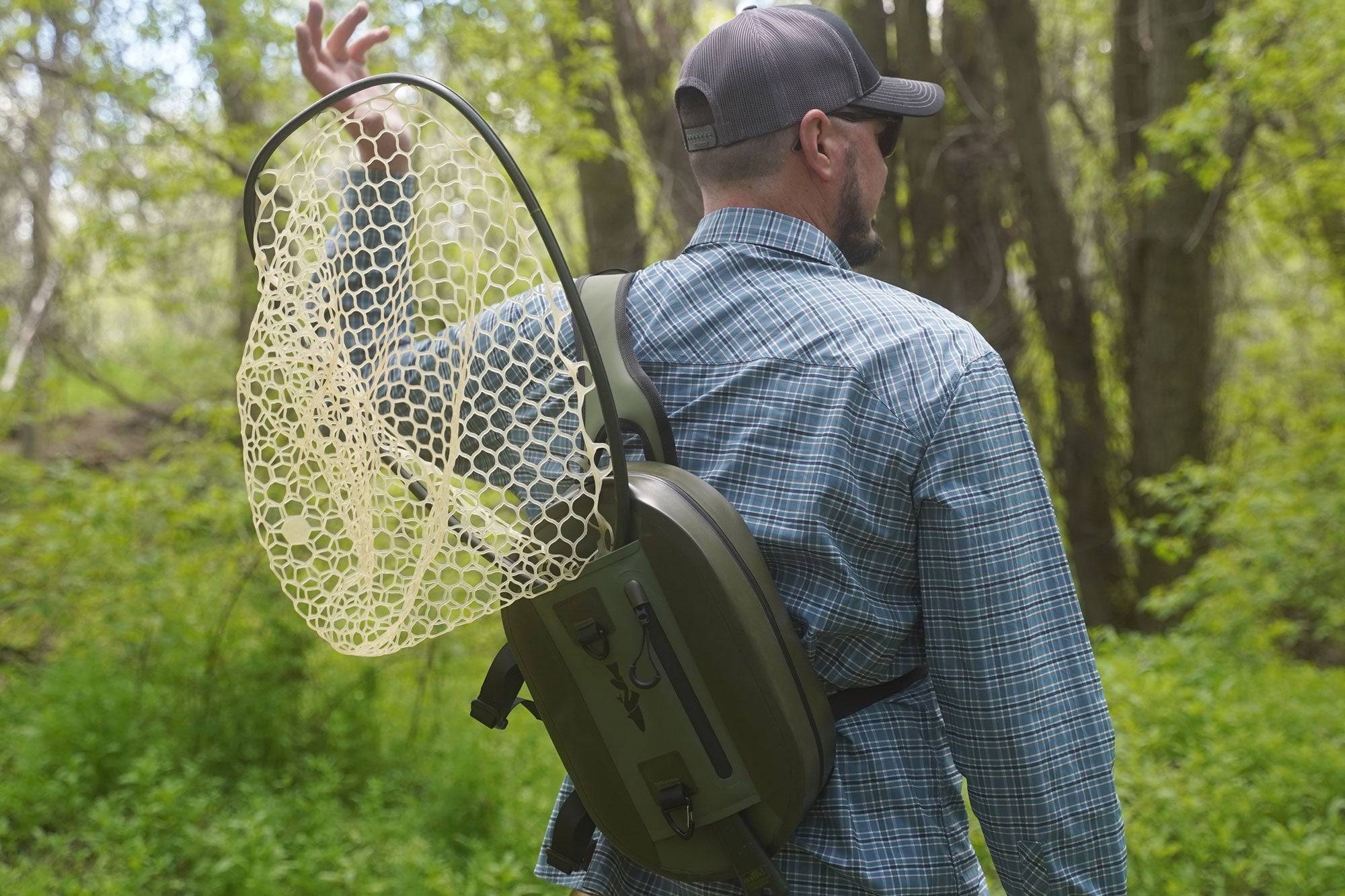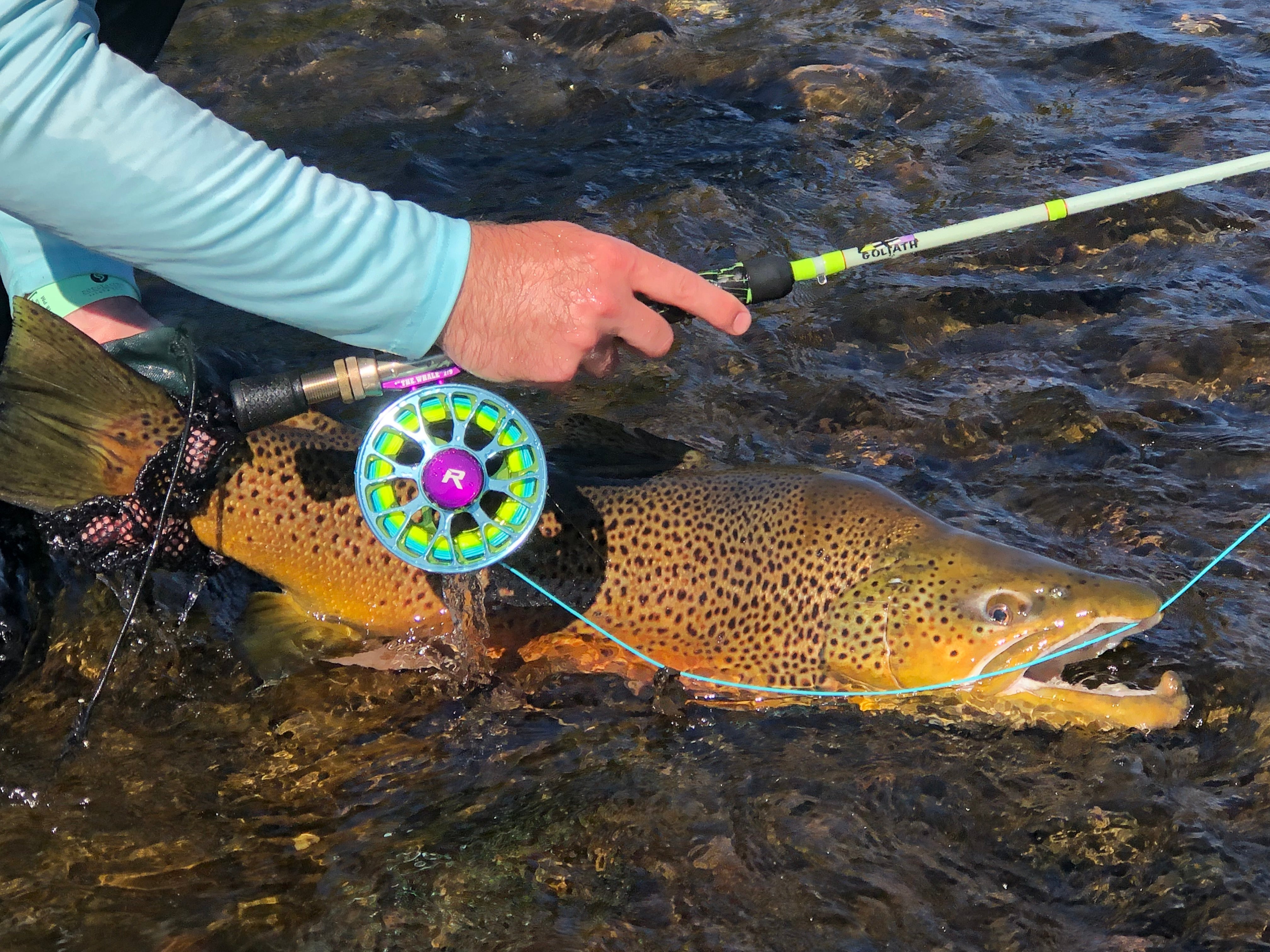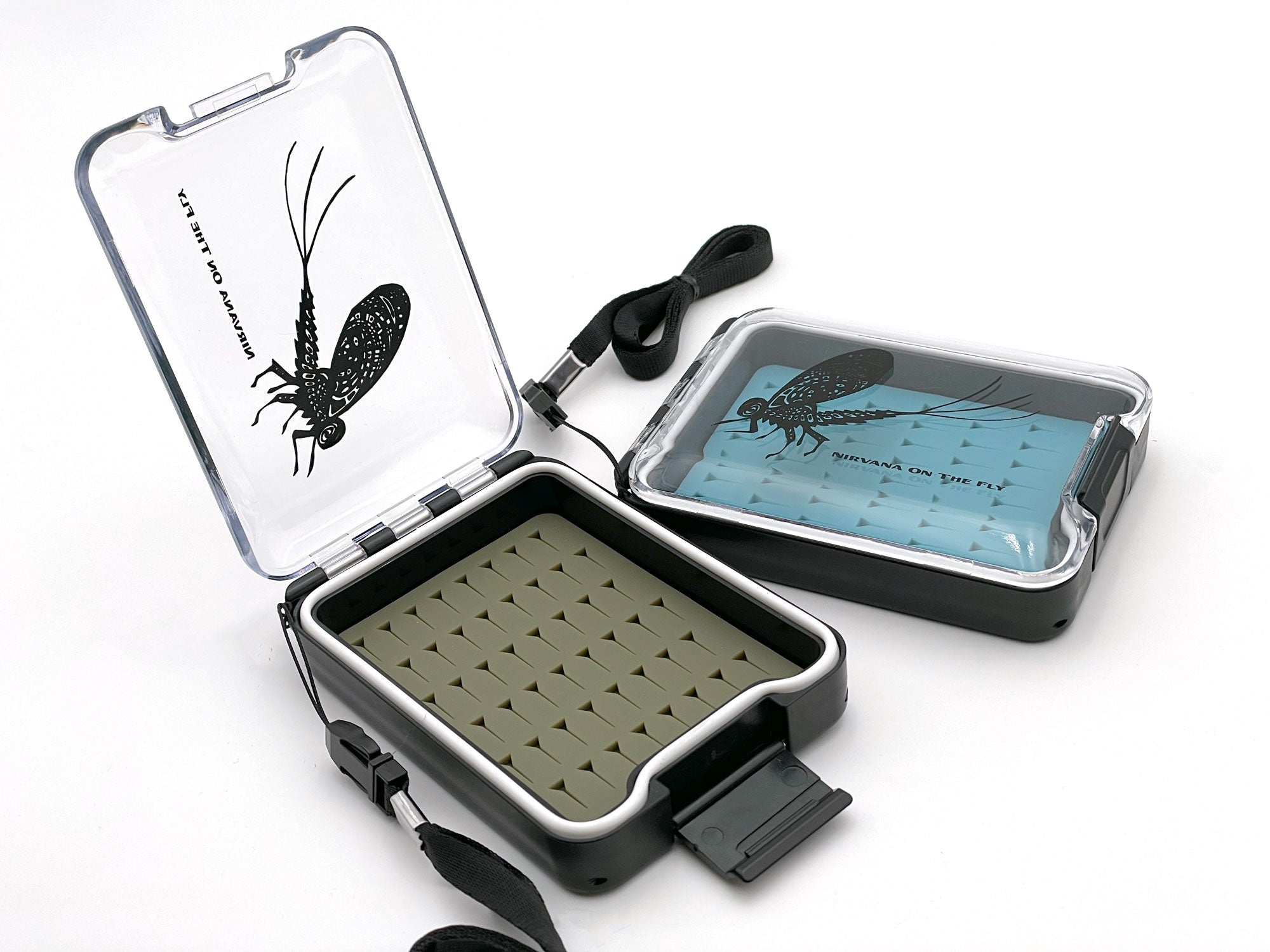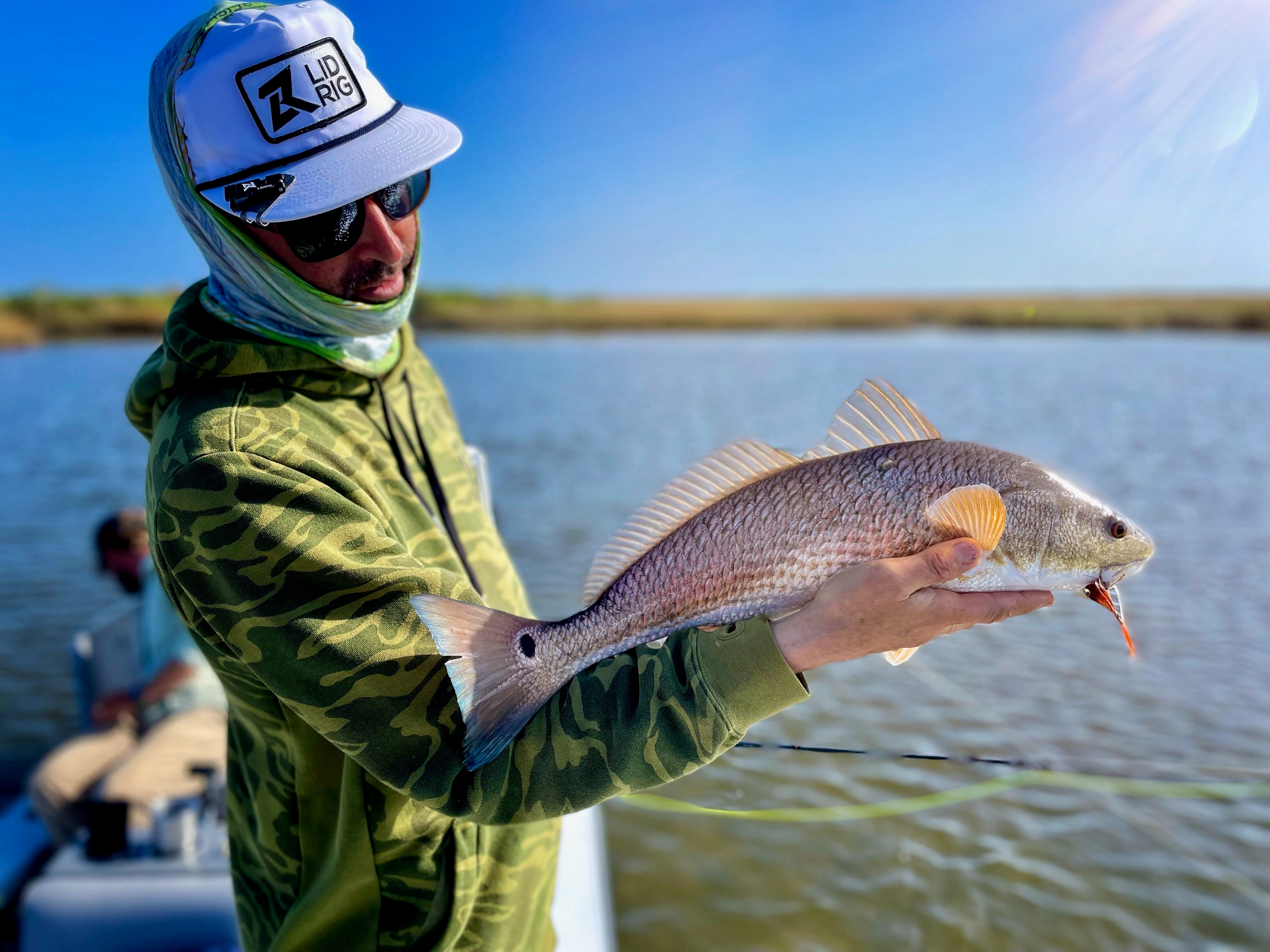Here is a raw summarization of the show transcription with Donnie Brenkendor titled, Fly Fishing Conservation is Healing Rivers with Scientific Research
Part 3: Fly Fishing Conservation is Healing Rivers with Scientific Research with Donny Benkendorf
Understanding and Engaging with the Art of Fly Fishing: A Glimpse into Insect Interactions
Fly Fishing is an intricate sport, intertwining the knowledge of aquatic ecosystems with precise technique. A fascinating aspect of the sport is the pivotal role that insects play in determining the success of a fishing expedition. The Fly Fishing Insider Podcast dives deep into the symbiotic dance between the fish, the fly fisher, and the aquatic bugs, illuminating the nuanced understanding and appreciation developed by anglers for these insects.
Assessing the River and Its Inhabitants
When starting out in fly fishing, many anglers hone in on understanding the insects within the river ecosystem, assessing the underwater environments to understand the feeding patterns of the fish. This involves getting down and digging around, examining the substrate and looking for bugs. Without specific equipment, anglers can simply use their hands or a small container to collect and examine these critters.
Examining the underside of rocks is a common practice, as many bugs adapt to clinging onto substrates like cobble or smaller stones. Observing these insects offers insight into what the fish might be feeding on, helping anglers select the right fly to increase their chances of a catch. Even for those unable to identify the exact species, this can still be an enlightening and fun process.
Developing an Appreciation for Bugs
The exploration and understanding of these insects might not come naturally to everyone. Many have found that as they delve deeper into the sport of Fly Fishing, their comfort and fascination with bugs increase. It’s not merely about the sport but about nurturing an understanding and appreciation for the ecosystem.
Sharing this exploration with younger generations has been noted to have a lasting impact. Anecdotes from the podcast illustrate how children remember the interactions and observations of the insects, even suggesting approaches based on prior experiences.
Revealing Insights through Stomach Pumping
While turning over rocks is insightful, another method, stomach pumping, can provide more definitive insights into the dietary preferences of fish. Stomach pumping can reveal not only the types of insects being consumed but also their different phases, offering crucial clues that can aid anglers in selecting the right type of fly.
However, this method should be approached with caution. It’s crucial to apply safe techniques that won’t harm the fish, balancing the pursuit of knowledge with the ethical treatment of aquatic life.
Fine-Tuning Approaches and Learning in Action
Beyond methods, actual experiences on the river significantly influence learning and adjustments in approach. Detailed recounts of fishing expeditions underscore the importance of paying attention to details like the size and type of the fly and observing the behaviors of both fish and insects.
One illustrative story from the podcast unfolds on the frying pan river in Colorado. The anglers initially experienced a lack of success until a local guide offered them smaller flies that better matched the local fauna, completely turning their luck around. This experience was not just about catching fish, but about learning and enhancing skills, understanding the details that make all the difference.
Adjusting Techniques and Realizing the Impact
Adjusting techniques based on observations and understanding of fish behavior can lead to profound realizations and success. The story of a prolific caddis hatch on the Teton river in Idaho exemplifies this. Here, while many were struggling with dry flies, an experienced angler found remarkable success by swinging wet flies, targeting the pupating caddis the fish were actually feeding on.
These adjustments in approach and technique don’t just result in immediate success but offer lasting lessons. They reinforce the concept that being in sync with nature and the behavioral patterns of aquatic life can make a substantial difference in the outcomes of fly-fishing adventures.
Conclusion
As Donny Benkendorf explains, Fly Fishing is more than a sport; it's an ongoing learning journey intertwining with the subtleties of aquatic ecosystems. From analyzing underwater rocks to experimenting with different flies and techniques, the art of fly fishing is enveloped in constant learning and adaptation.
The experience of being in nature, intertwined with the lives of fish and bugs, is not only about catching fish but about enriching one’s understanding and appreciation for the delicate balance within these ecosystems. Sharing these insights and learning from each interaction with nature makes every expedition a unique chapter in the ongoing story of exploration and discovery within the world of Fly Fishing.
Fly Fishing, in essence, is about being in the moment, observing, learning, and growing. It’s about embracing the intricate dance with nature and valuing every step of the journey. Whether it’s appreciating the insects or absorbing the wisdom from experienced anglers, every experience on the river is a step deeper into the harmonious embrace of the natural world.
Listen to the Podcast Episode with Donny Benkendorf
Part 4: Fly Fishing Conservation is Healing Rivers with Scientific Research with Donny Benkendorf
A Deeper Dive into Aquatic Research in Fly Fishing
Fly Fishing, an endeavor marinated in intricacies, has significantly evolved due to progressive research in aquatic ecosystems. In a recent episode of the Fly Fishing Insider Podcast, Speaker 1, an aquatic ecologist, and fervent fly fisherman, shared enlightening perspectives about his extensive research in aquatic insects and macro invertebrates, with insights highlighting the diversity and prevalence of aquatic species and their adaptations to various water environments.
A Journey through Waters
Speaker 1’s journey in aquatic research began with an undying passion for fishing, a pastime he indulged in since his formative years. Spending his summers fishing the local streams set the foundation for his future academic pursuits in fisheries biology at Mansfield University. His journey led him to gain a Master's degree in watershed science and further propelled him to attain a Ph.D. in Ecology from Utah State.
Researching Degraded Streams and Aquatic Ecosystems
In Kentucky, his research concentrated on the restoration prospects of a degraded trout stream in Colorado, impacted predominantly by cattle grazing. The stream's degraded state, manifested through eroded banks and inadequate vegetation, paved the way for an anticipated restoration that unfortunately did not materialize. Despite this, the research provided a rich platform for learning and understanding aquatic ecosystems.
Speaker 1's research evolved to focus on aquatic insects and macro invertebrates at Utah State. His work aimed at deciphering the effects of temperature on the distribution of these organisms, as temperature is a pivotal determinant in defining species presence in various ecosystems. A deeper understanding of temperature’s effect aids in improving bio assessments and provides insights into the varying water quality of streams and rivers.
The Distinction between Stillwater and Flowing Water Ecosystems
Speaker 1 highlighted that his research primarily revolves around flowing water ecosystems, revealing a stark contrast in species prevalence between flowing and still waters. His insight brought forth intriguing aspects concerning lakes fed by streams and the variation in species in such overlapping ecosystems.
In flowing water ecosystems, various aquatic insects adapt to diverse water velocities. For instance, the flat-headed mayflies have adapted to fast waters, their bodies structured to navigate through rapid sections effectively. This demonstrates the role of water flow in the adaptation and survival of different species, making it a substantial determinant in the occurrence of various species in aquatic environments.
Diverse Species and their Prevalence
The discussion also revolved around the prevalence of different species, like midges, in various waters. Midges, belonging to the family chironomid day, showcase extensive diversity and widespread presence across most streams and rivers. Their abundance, relative to other species like mayflies and stoneflies, varies significantly from stream to stream. Matching the midge species with appropriate aquatic settings is crucial in understanding their dominance and role in different ecosystems.
Additionally, caddisflies were another point of discussion. Similar to midges, the presence of caddisflies varies, their casings sometimes blanketing entire stream bottoms during specific times, while being sparse during others. Timing and water quality are significant factors influencing the densities of these species, with abundant resources contributing to higher densities.
A Reflection on Aquatic Ecology in Fly Fishing
The dialogue between the speakers accentuated the intrinsic connection between the ecological nuances of aquatic life and fly fishing. Understanding the adaptations, occurrences, and the diverse nature of aquatic insects and macro invertebrates offers profound insights into their survival and prevalence in varying aquatic ecosystems.
The revelation that different species have adapted to distinctive environmental aspects, including temperature and water flow, underscores the dynamic interaction between these organisms and their habitats. The extensive diversity within species like midges and their widespread presence in multiple aquatic settings reveal the complex network of life beneath the waters.
The conversation with Donny Benkendorf illuminated the intricate relationship between aquatic ecology and fly fishing. It unveiled the intricate details of aquatic life, their adaptations, and their prevalence in differing water bodies. This knowledge is crucial not only for ecological studies but also enriches the experience and understanding of fly fishing enthusiasts, allowing a deeper connection and appreciation for the life teeming beneath the water's surface.
Part 5: Fly Fishing Conservation is Healing Rivers with Scientific Research with Donny Benkendorf
Water Quality & Aquatic Life: A Comprehensive Overview by Donny Benkendorf
In a recent episode of the Fly Fishing Insider Podcast, we had the pleasure of delving deep into the intricate relationship between water quality and aquatic life with Donny Benkendorf, a renowned ecologist specializing in aquatic ecosystems.
Water Quality Assessment
Donny Benkendorf's research revolves primarily around assessing water quality based on the presence and diversity of aquatic life, especially aquatic insects. These insects serve as effective bioindicators due to their sensitivity to water quality and diverse presence in streams.
Biological Assessments
Biological assessments, or bioassessments, are instrumental in designating waterways as degraded or not degraded. However, they face limitations in pinpointing the specific stressors affecting the water quality, whether they are nutrients, temperature, pesticides, or other elements. Here, stressor-specific biotic indices are critical, allowing researchers to understand how each aquatic insect species responds differently to varied stressors.
Donnie Benkendorf discussed the potential of these indices in diagnosing particular stressors causing degradation, shedding light on ongoing research endeavors to ascertain the effectiveness of these stressor-specific biotic indices in ecological studies.
Utility of Biotic Indices
The utility of these indices is monumental in management scenarios. If proven beneficial, these indices can aid management agencies in devising robust strategies to mitigate the adverse effects of identified stressors on aquatic ecosystems, such as extreme temperatures or nutrient overloads.
Currently, the application of these stressor-specific indices is in its nascent stages, with researchers like Donny Benkendorf conducting preliminary studies to explore their potential in real-world scenarios.
Aquatic Insects & Fly Fishing
Donny Benkendorf passionately shared his fascination with aquatic insects, not just as a researcher but also as a fly angler. The predictability in finding diverse aquatic insects in certain environments based on elements like water temperature is captivating. Their crucial role in the aquatic ecosystem draws parallels to the significance of bees in our ecology, reflecting the interdependence and diversity within the environmental hierarchy.
Application in Fly Fishing
Beyond the scientific intrigue, Donny Benkendorf narrated his enthralling experiences as a fly angler, utilizing his profound knowledge of aquatic insects. His favorite fishing expeditions led him to the streams of Northern Utah and Yellowstone, where understanding insect patterns allowed him and his friends to catch an array of fish, including brown trout and Yellowstone cutthroat trout.
A Journey to Yellowstone
One notable expedition to Yellowstone unveiled the intricate balance of the ecosystem. A successful fishing trip was marked by the discovery of the perfect fly - a little golden stone fly pattern, enabling them to catch numerous brown trout. The diversity of the catch and the unique experiences, like fishing in Yellowstone Lake and witnessing the dynamic interaction of aquatic life, highlighted the richness of aquatic ecosystems.
Experiences & Learning
Donny Benkendorf's journey was enriched with extensive learning experiences, such as his internship with the fisheries department in Yellowstone, where he engaged in various projects from controlling lake trout population to monitoring wild fisheries. These experiences are emblematic of the intricate balance and interdependence within aquatic ecosystems.
A Journey of Exploration and Learning
These discussions with Donny Benkendorf offered a comprehensive overview of aquatic ecology, intertwining scientific exploration with enriching fishing experiences. His insights into aquatic life and water quality illustrated the elaborate dance of aquatic ecosystems and the underlying principles guiding the existence and diversity of aquatic insects.
His thrilling experiences and valuable lessons underscore the importance of continuous learning and exploration in understanding the intricate dynamics of aquatic ecosystems and the profound impact of various elements on water quality. Whether it's the serenity of fly fishing in the streams of Utah or the exhilarating discovery of aquatic life in Yellowstone, the journey of exploration and learning in aquatic ecology is boundless and endlessly fascinating.
Closing Thoughts
The voyage through aquatic ecology with Donny Benkendorf unearths a wealth of knowledge, seamlessly blending scientific insights with unforgettable angling experiences. It emphasizes the pivotal role of aquatic life in assessing water quality and underscores the endless possibilities and lessons embedded within the streams, offering a richer perspective to both ecological enthusiasts and avid anglers alike. The confluence of science and passion within aquatic ecosystems continues to pave the way for groundbreaking discoveries and unforgettable journeys.
Continue reading the summary with Donny Benkendorf Part 6 & 7 article.

By Christian Bacasa
Host of the Fly Fishing Insider Podcast
www.ffipodcast.com
@flyfishinginsiderpodcast
@dupeafish






